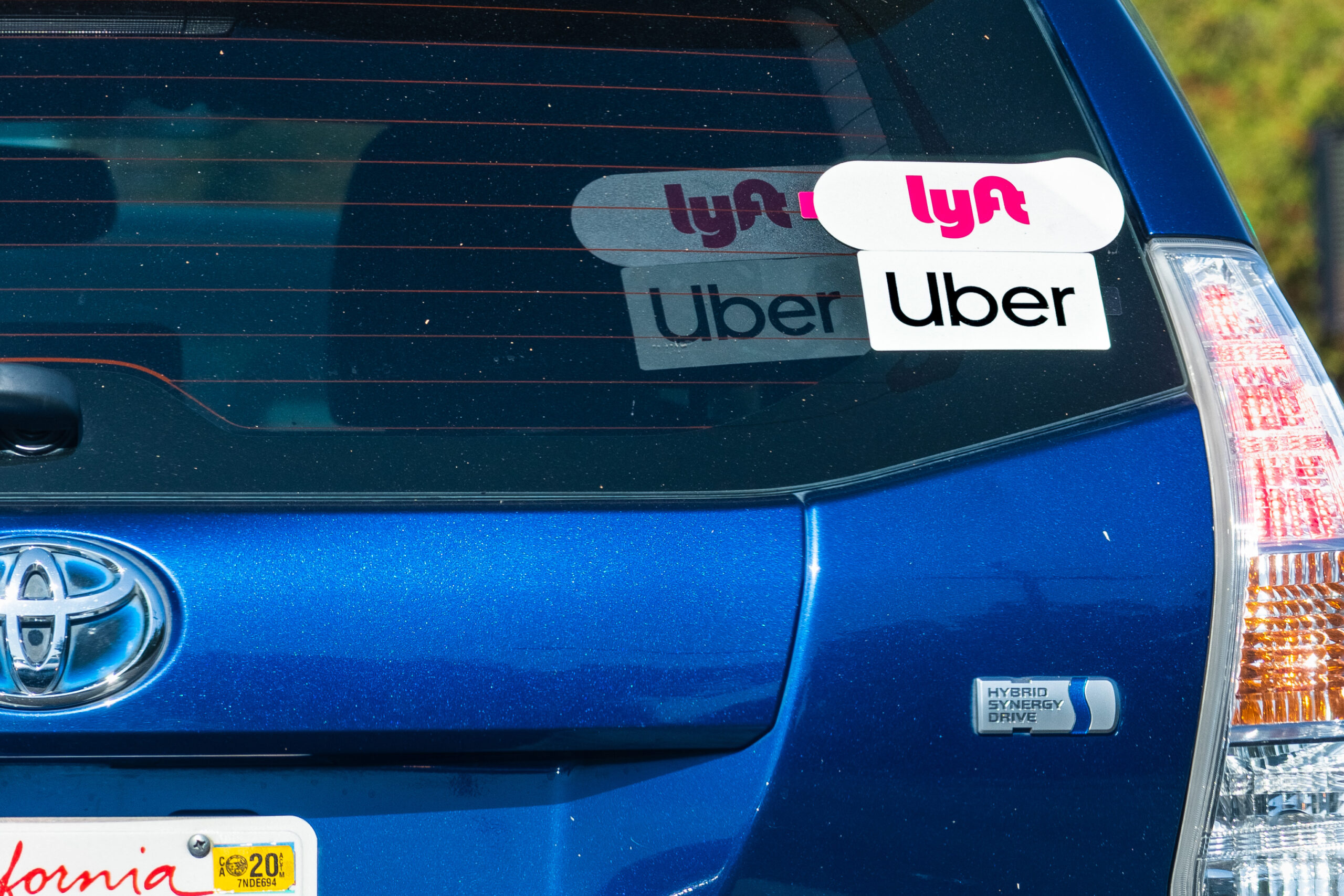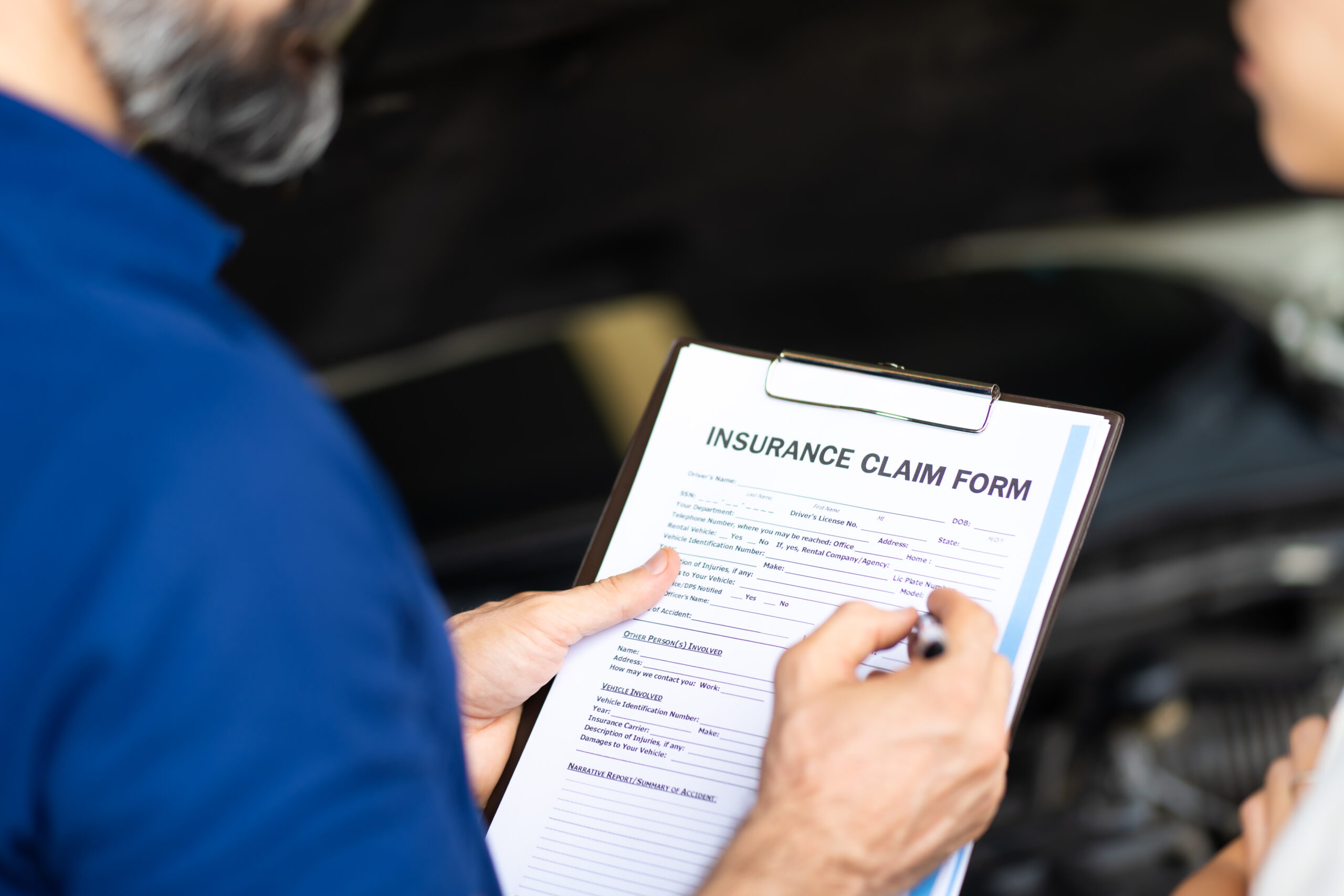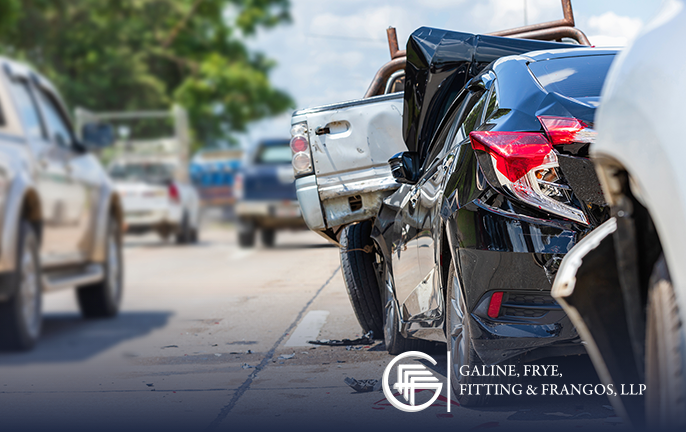In a pivotal opinion reversing both the trial and appellate courts’ decisions, a California Supreme Court holding alleviates the burden on plaintiffs bringing a wrongful death action against the government based on an alleged dangerous condition of public property. The issue before the court in this case was whether the Government Claims Act requires a plaintiff to establish that a dangerous condition not only caused a decedent’s fatal injury but also the third-party conduct that brought about the accident. The court held that it did not.
In this case, the decedents were in a fatal car accident, in which a collision by another car forced their vehicle over the curb and onto the grassy center median of the boulevard, where the car hit one of several large magnolia trees in the median. Although they were all wearing seat belts, the driver and passengers died from their injuries. A jury subsequently convicted the other driver of vehicular manslaughter.
The plaintiffs filed a wrongful death action against the City of Los Angeles, alleging that the particular road constituted a dangerous condition because the magnolia trees on the median were too close to the roadway, posing an unreasonable risk of harm to drivers who lose control of their cars, and in this case causing the decedents’ fatal injuries. In support of their case, the plaintiffs submitted affidavits from several experts who stated that the proximity of the trees in the median to the roadway was a foreseeable danger to the public. In addition, the plaintiffs presented evidence of 142 accidents on the boulevard between 1998 and 2009, as well as publications discussing roadside safety. The city moved for summary judgment, arguing that the public property did not cause the accident, and the other driver did. The motion was granted by the trial court and upheld by the court of appeals.
Section 835 of the Government Claims Act provides that a public entity may be held liable if the plaintiff shows that (1) the property was in a dangerous condition at the time of the injury; (2) the injury was proximately caused by the dangerous condition; and (3) the dangerous condition created a reasonably foreseeable risk of the kind of injury that was incurred. The plaintiff is also required to prove that either the negligent or wrongful act of an employee of the public entity within the scope of his employment created the dangerous condition, or, as in the case here, the public entity had notice of the dangerous condition for a sufficient time prior to the injury to have taken measures to protect against the dangerous condition. Under the Act, public property constitutes a dangerous condition if it physically defective in such a way as to foreseeably endanger those using it. Generally, a public entity is not liable under § 835 for the negligent conduct of third parties on public property. However, if the public property creates a substantial risk of injury even when it is used with due care, and it combines with a third party’s negligent conduct to cause an injury, the public entity is not immune from liability.
In this case, the California Supreme Court explained that the issue of whether the condition of public property is dangerous is separate from whether the injury was proximately caused by the dangerous condition, and such public property may constitute a dangerous condition even if it does not proximately cause an injury. Therefore, the plaintiffs were required to show that a dangerous condition of public property proximately caused the fatal injuries to the decedents as a result of the collision with the other car. However, the court continued, nothing in the law requires the plaintiffs to prove that the allegedly dangerous condition also caused the conduct of the third party that precipitated the accident. In reversing the summary judgment order by the lower courts, the court allowed the plaintiffs to continue with their wrongful death claim.
The San Mateo injury attorneys at the Law Offices of Galine, Frye, Fitting & Frangos offer aggressive and experienced legal representation for victims of motor vehicle collisions, as well as other accidents. If you or a loved one has been injured as the result of another person’s or entity’s negligence, contact us at 650-345-8484 or online to set up a free consultation.
More Blog Posts:
California Appeals Court Affirms $15 Million Verdict Against Semi-Truck Operator in Wrongful Death Action, Injury Lawyers Blog, published November 4, 2015
California Supreme Court Rules in Favor of Plaintiffs in Suit Based on Dangerous Condition of Public Property


